The food-themed World Expo in Milan is a delicious joke, but try it anyway
There is something invariably depressing about world expos. The 2015 Milan Expo, “Feeding the planet, energy for life” rolled out the red carpet last month, claiming to address the global need for “healthy, safe and sufficient food for everyone, while respecting the Planet and its equilibrium,” but so far, it fails to live up to its promise.
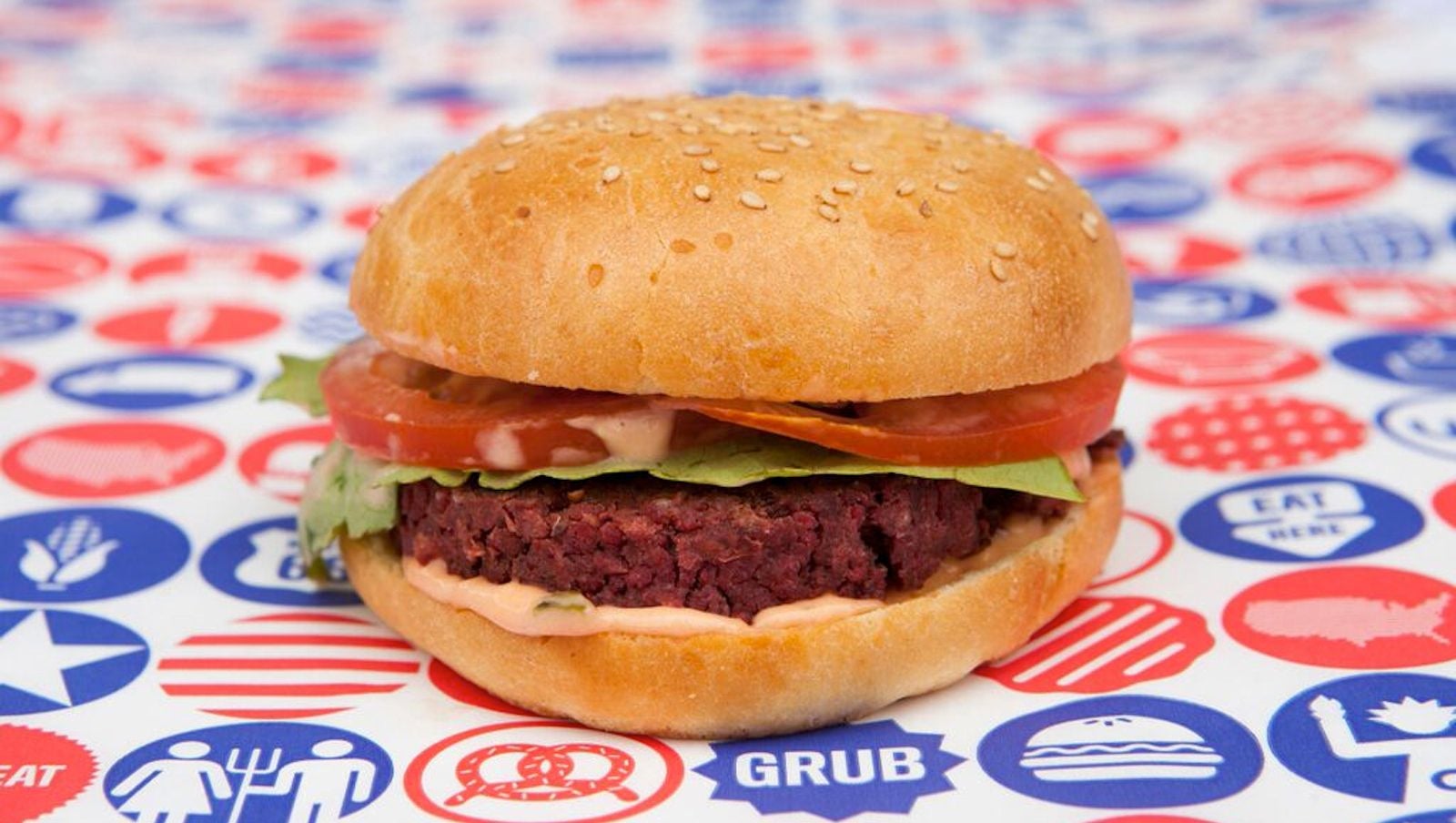

There is something invariably depressing about world expos. The 2015 Milan Expo, “Feeding the planet, energy for life” rolled out the red carpet last month, claiming to address the global need for “healthy, safe and sufficient food for everyone, while respecting the Planet and its equilibrium,” but so far, it fails to live up to its promise.
Of 140 participating nations, more than half are clumped together in thematic clusters including “Cocoa and Chocolate: The Food of the Gods,” “Islands, Sea and Food,” and “Agriculture and Nutrition in the Arid Zones.” China’s pavilion—“Land of Hope, Food for Life”—towers over neighboring Ethiopia and Rwanda, which are grouped together in the coffee-themed cluster offering steam tables of lukewarm curries and trinkets. From the PA system overhead, an American voice booms enthusiastically: “The expo is an amazing experience, isn’t it?”
These palpable disparities merely illustrate the real geopolitical inequalities in access to food and power that the Expo is claiming to address.
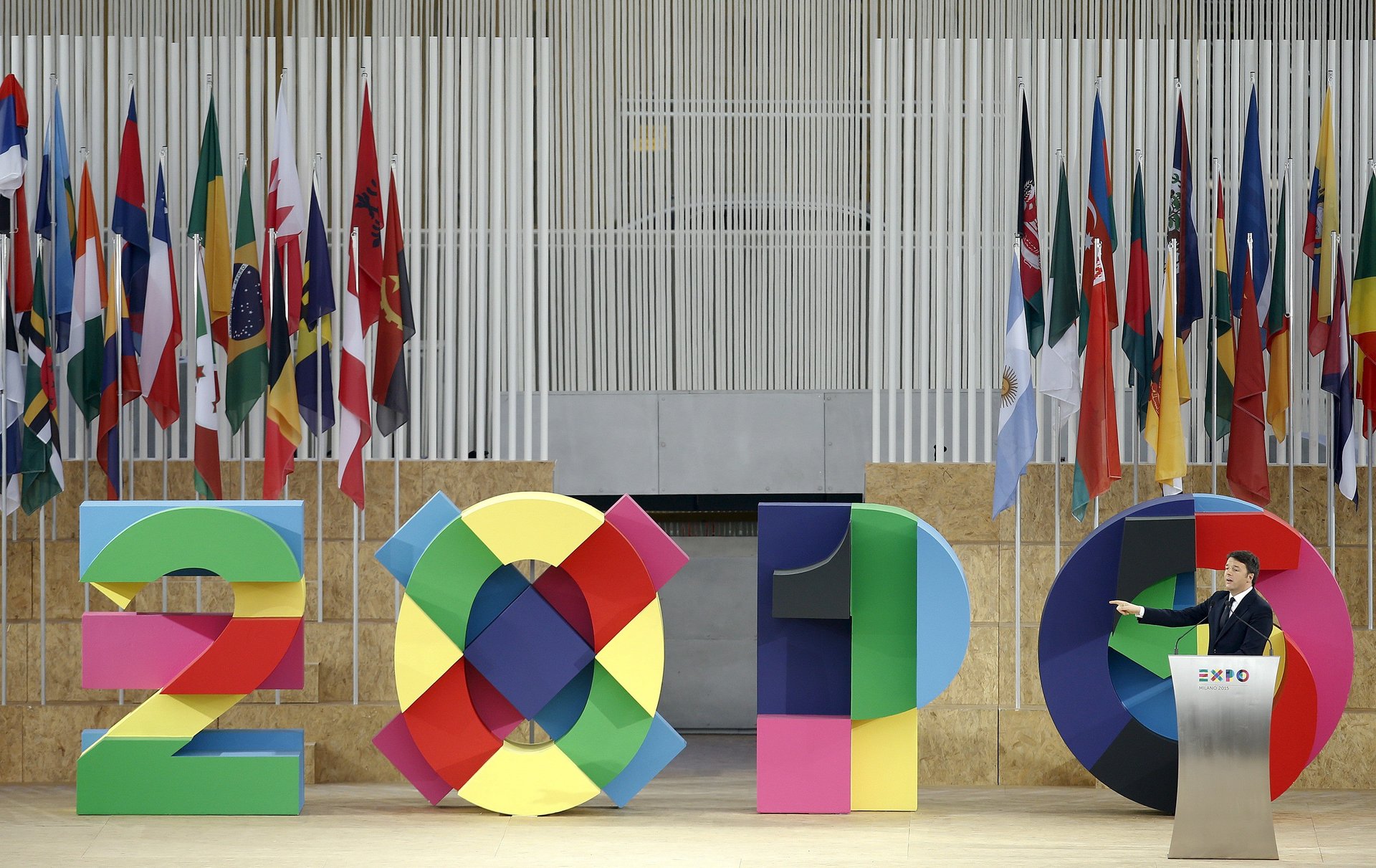
Behind all the glory of a world expo—each country showcasing its wares—is the truth that it is a theatrical performance; one far removed from reality. Ribbons are cut, canapés are served, costumed performers march to the beat of a drum. But after the curtain is drawn, the wealthy countries will pack up and return home to abundance, and their poorer counterparts, to the struggle of day-to-day survival.
“Pavilion Zero,” sponsored by the United Nations, is perhaps the most brutally honest. A plaque on the pavilion’s wall tell us that one-third of food globally is thrown away (1.3 billions tons)—enough to feed four times the 800 million people that suffer from chronic hunger.
“At the same time,” it reads, “42 million children under five years of age are overweight and more than 500 million adults suffer from obesity… The simultaneous scarcity and abundance of food is a paradox that witnesses a deep unbalance between the world’s economies and access to resources.” An imposing wall-street-like screen scrolls through food commercials, prices and statistics. One dark room is piled with food wastage and wrappers. It is harrowing.
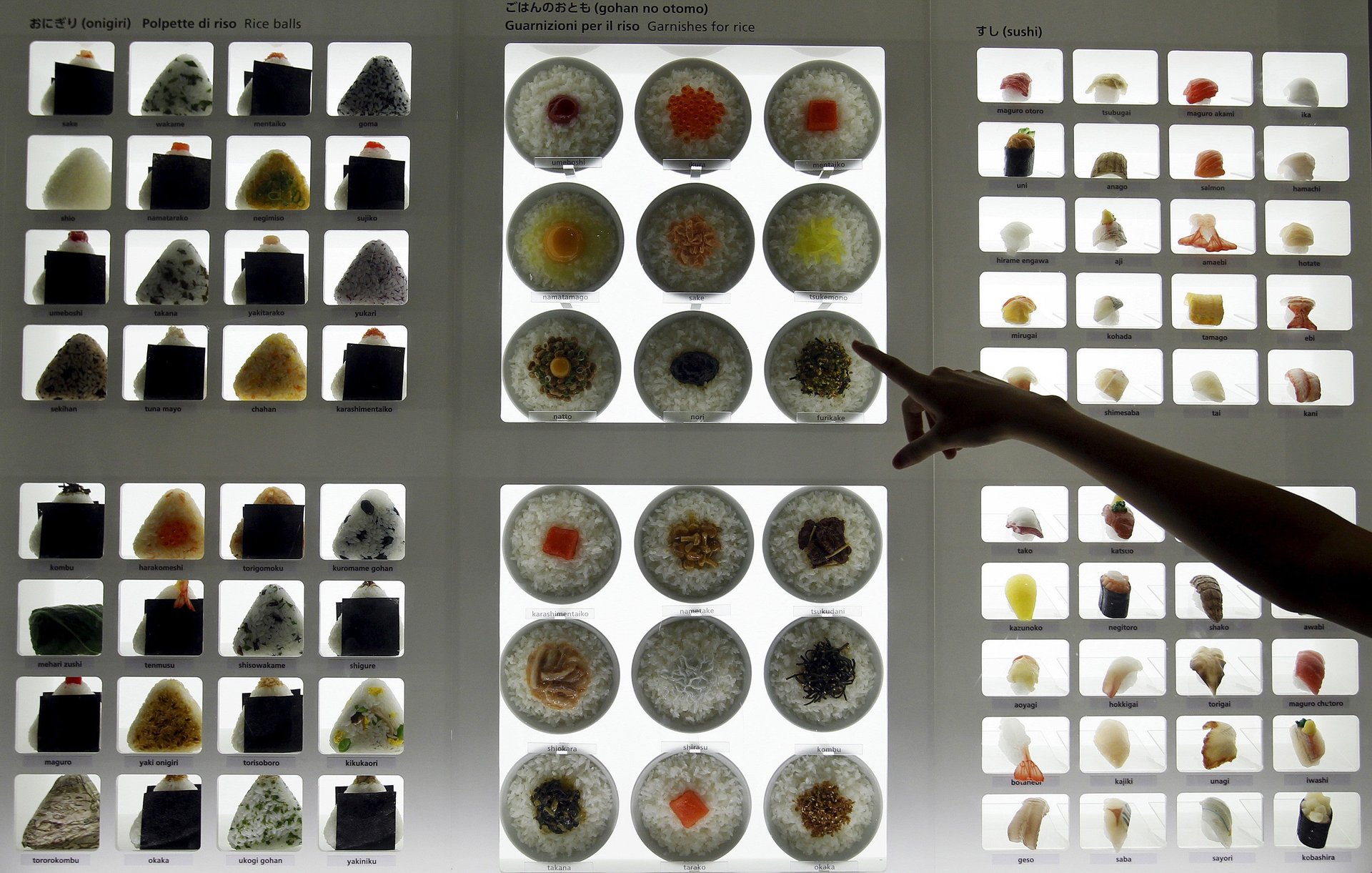
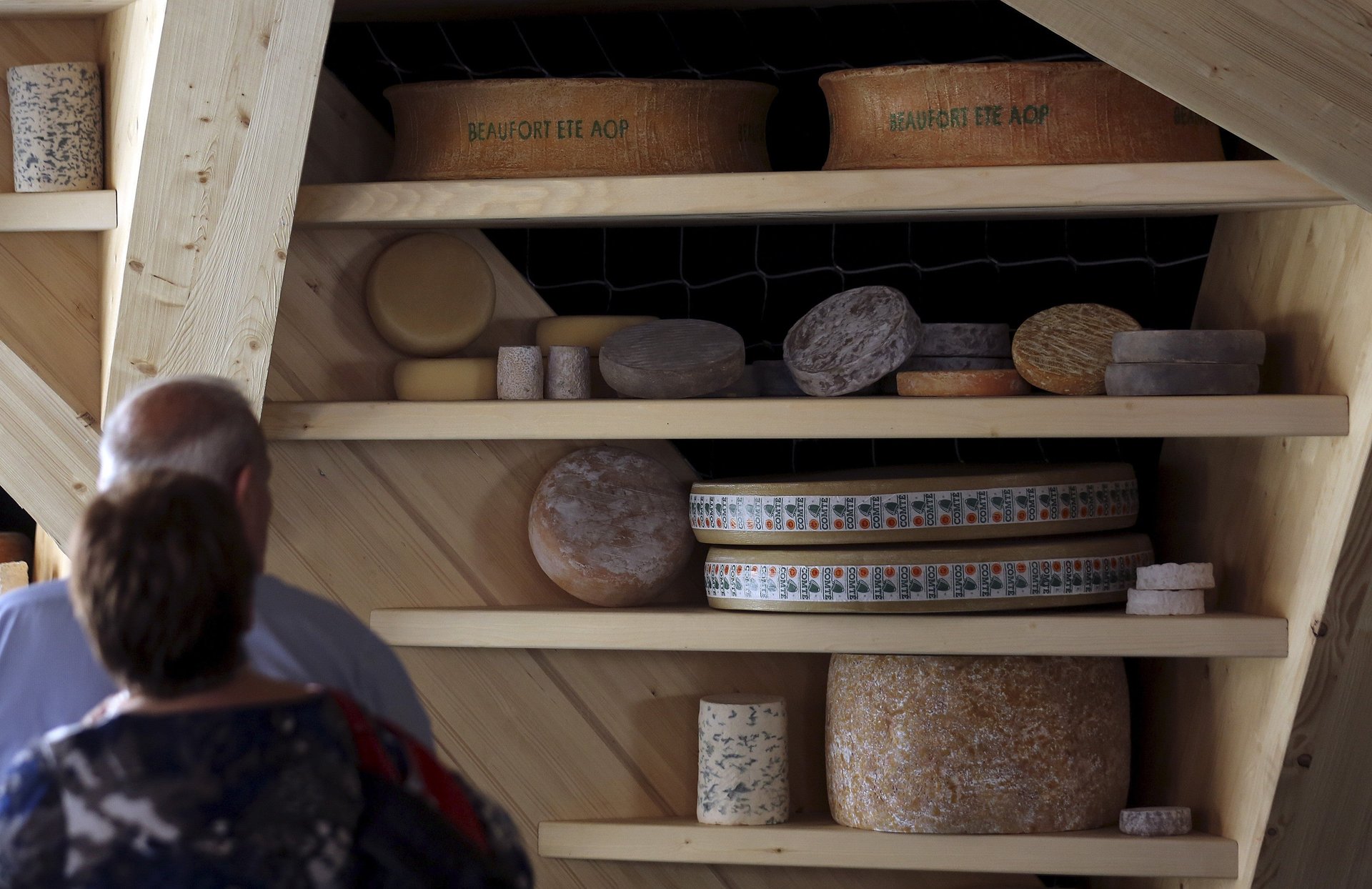
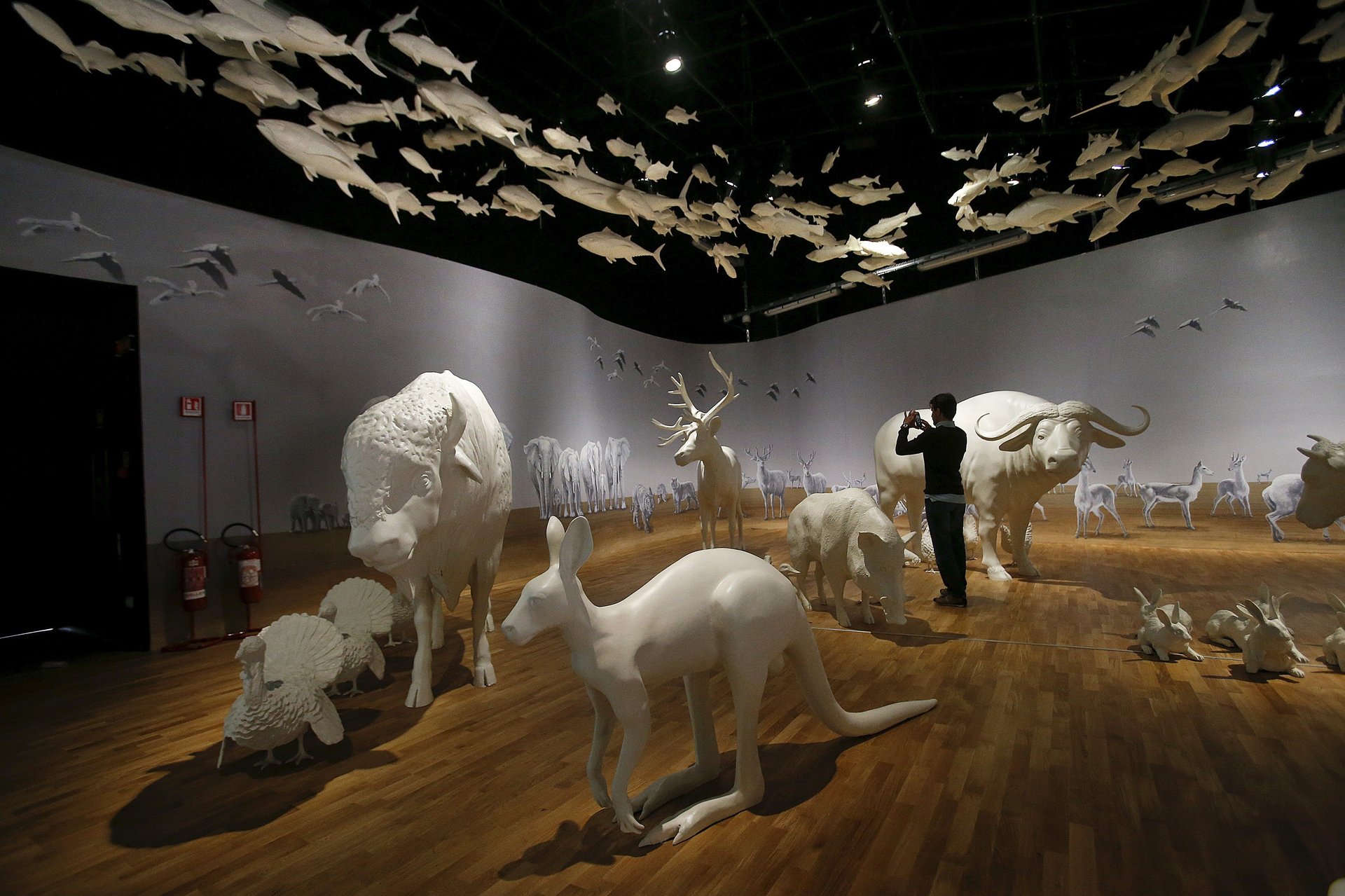
Northern Europe seems to embrace the Expo’s theme most sincerely. At the Dutch pavilion you can taste insects, bugs, algae and seaweed burgers as sustainable food solutions, or buy an In Vitro Meat Cookbook, with recipes for lab-grown meat. Germany’s “Field of Ideas” encourages expo-goers to interact as activists with its exhibition, while Switzerland’s “all you can eat” experiment invites visitors to take free food, and then consider whether or not they have overindulged.
Tasked with interpreting the Expo’s theme of feeding the planet, each nation pavilion is meant to illustrate ways global food challenges can be addressed.
But in a host country renowned for the pride it takes in its produce (to the degree where pizza police patrol the quality of flour, tomatoes and mozzarella in Naples and gelato is made only from seasonal fruits) the official Expo ice cream is a Magnum in a plastic wrapper (industrial ice cream maker Aglida is an official sponsor.) McDonalds has an on-site restaurant, and Coca Cola, its own pavilion. Monsanto, Syngenta, Nestle, Eni, Dupont and Pioneer are also official partners.
The Milan Expo launched in May 2015 amongst criticism from every angle; the waste of public funds in building the site and its transportation, future plans for the site and financial partnerships deeply at odds with the Expo’s “mission,” like those listed above.
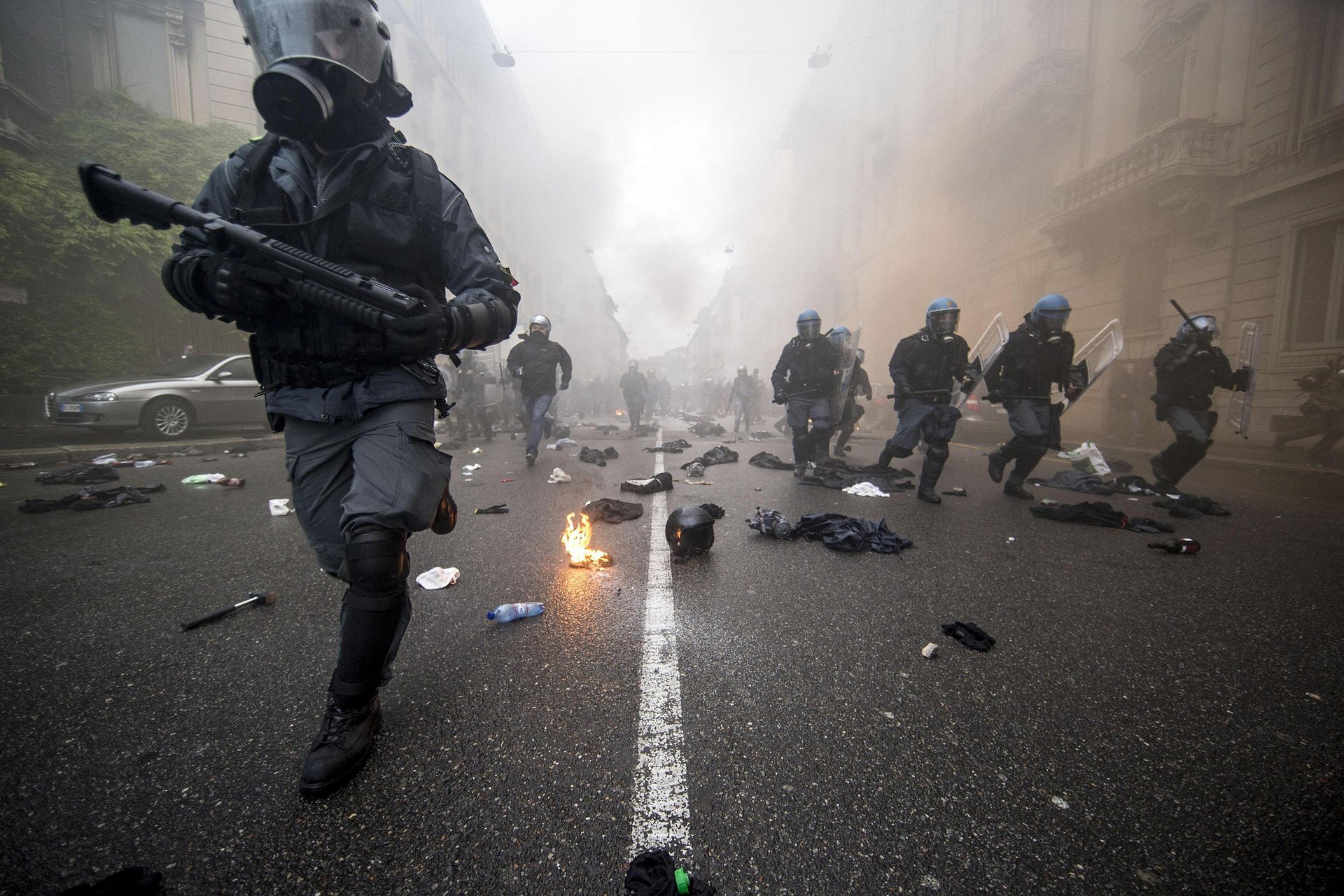
In the seven years between the selection of Milan for the 2015 expo and its opening, Italy went through four governments and its most severe economic crisis since the WWII. The public was less than pleased about the 13 billion euro expenditure, with protestors holding a violent No Expo rally last month and an alternative “People’s Expo” forum being launched in opposition (putting farmers’ rights ahead of corporations).
Given the Expo’s depressing, and sometimes outright hypocritical offerings, would we all be better off on a boycott? Or is it worthwhile to wander sweltering boulevards, climb on the Expo’s playthings and try to engage in conversation about how things can change and how to feed the planet? At least some of the Expo’s most vociferous critics also happen to be participants.
At the far end of the Expo grounds is the Slow Food Pavilion, with its woody scent and selection of books on biodiversity and organic growers. Here, in a more apt embodiment of the Expo’s mission, children craft snails from beans and seeds and a small crowd gathers to hear an analysis of communal eating habits in the Roma and Sinti communities.
The Slow Food movement, born in the late 80s in Piedmont, Italy, advocates for diversity over monoculture, organic over chemical, seed sovereignty over corporate monopolies and digging up the knowledge of family farmers. But with 93% of all plant variety disappearing in the last 80 years, Slow Fooders are well aware that theirs is a very quiet voice on the stage of industrial agriculture—one accurately represented by their allotted space and visibility at the Expo.
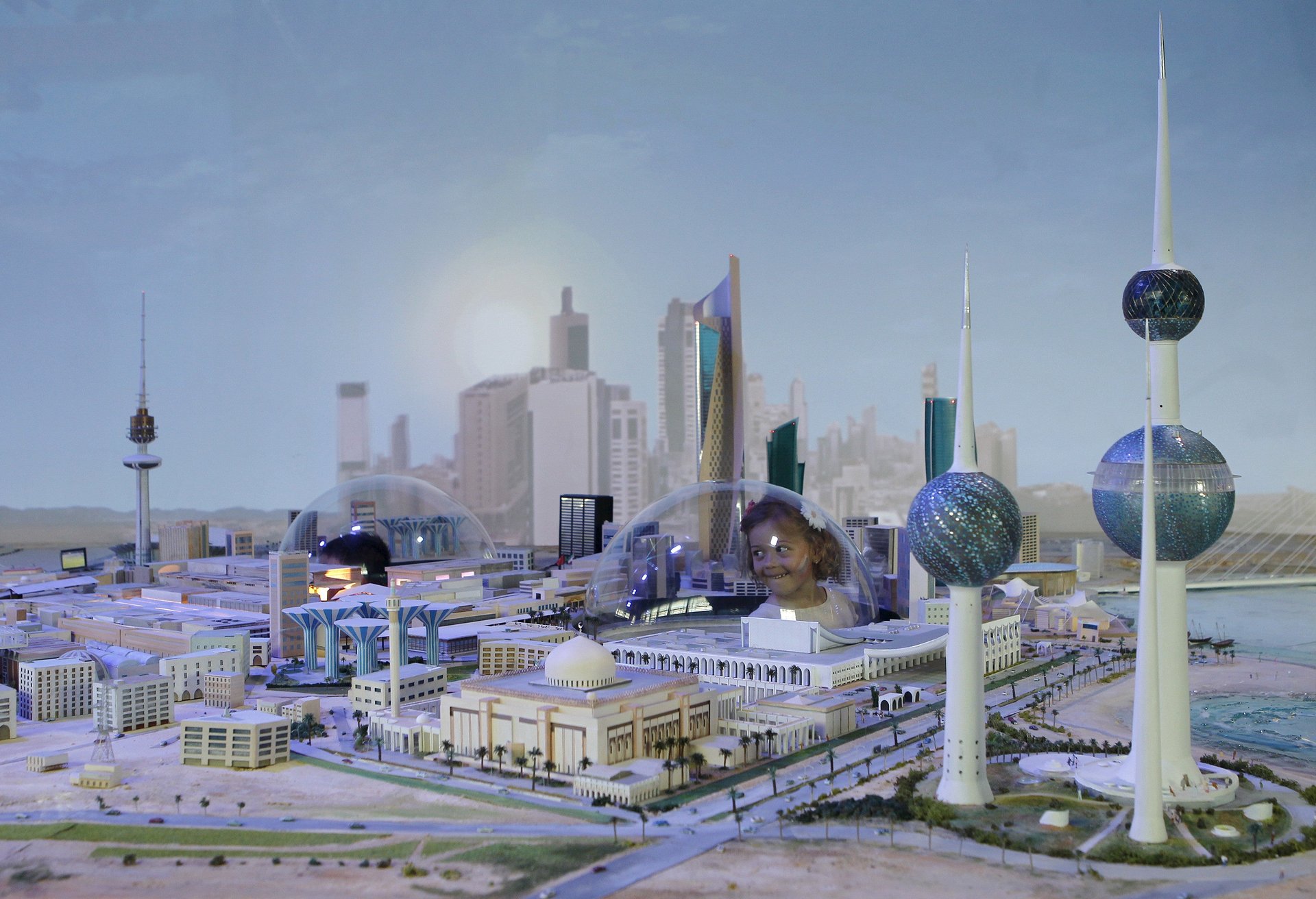
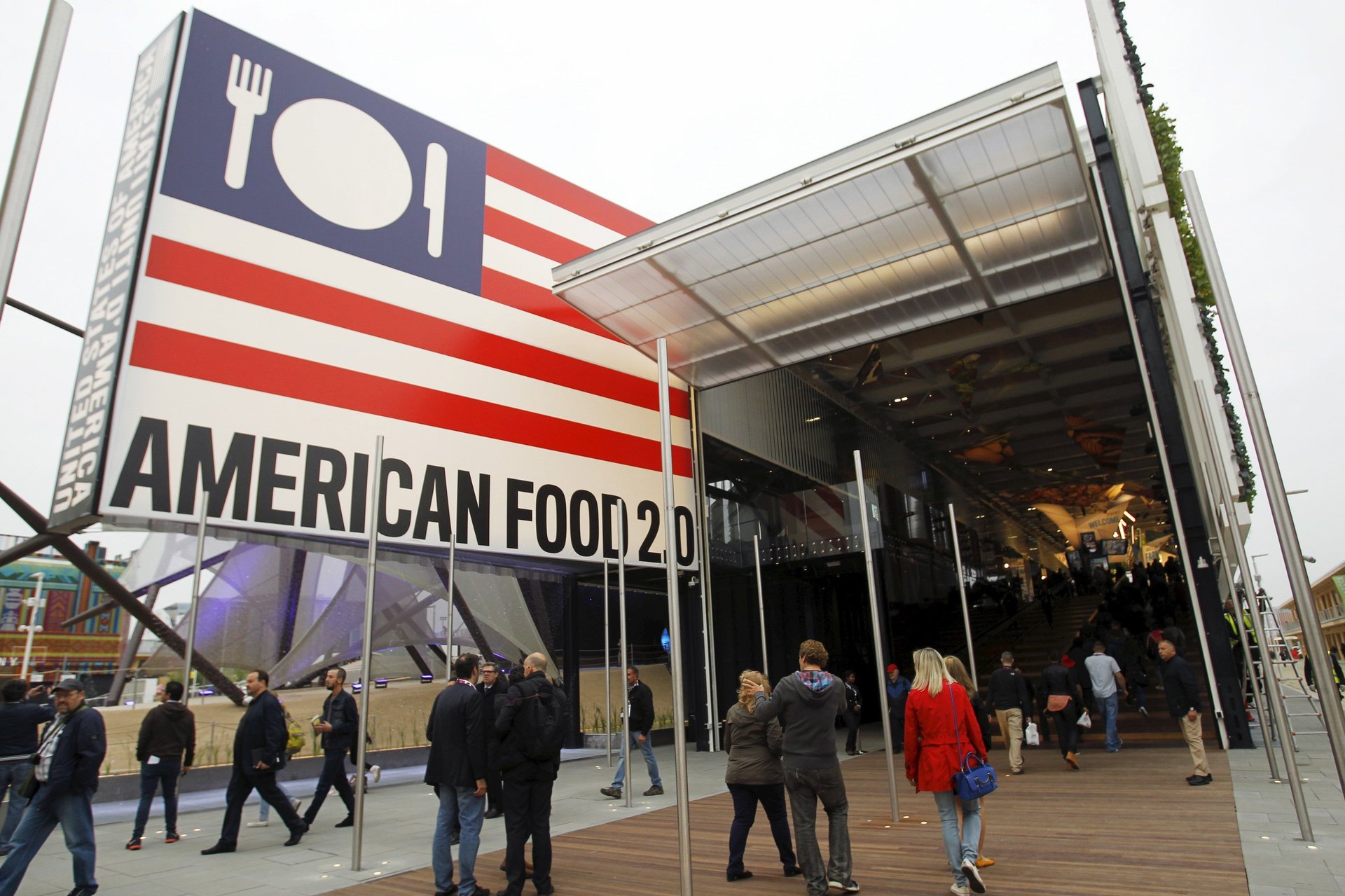
It is precisely because of this, say members of the movement, that their presence is vital. “We can tell a different story to the ones we hear from multinationals, agro-industrial businesses and the many government and international institutions that will also be represented at Expo,” write the group on their site. “We can explain that the food that feeds the planet has a soul, a story and a deep link with the land.”
The picture may seem bleak, Expo “ambassador” and Indian physicist and biodiversity expert Vandana Shiva writes for the Huffington Post, but small farmers still produce 70% of the world’s food. “If we, the movements and associations who have chosen to enter into the gates of the Expo open the conversation, then, it is possible that it becomes an occasion.”
In all its hypocrisy, Expo Milano is a painfully honest reflection of where we stand: yes, there are corporations controlling a food system based on an economic model of unlimited growth, yes, there is exploitation, yes, there are politics. We can be critical passengers on the road to food scarcity, or we can get in the driver’s seat and plough our way back to biodiversity—no matter how arid the land.